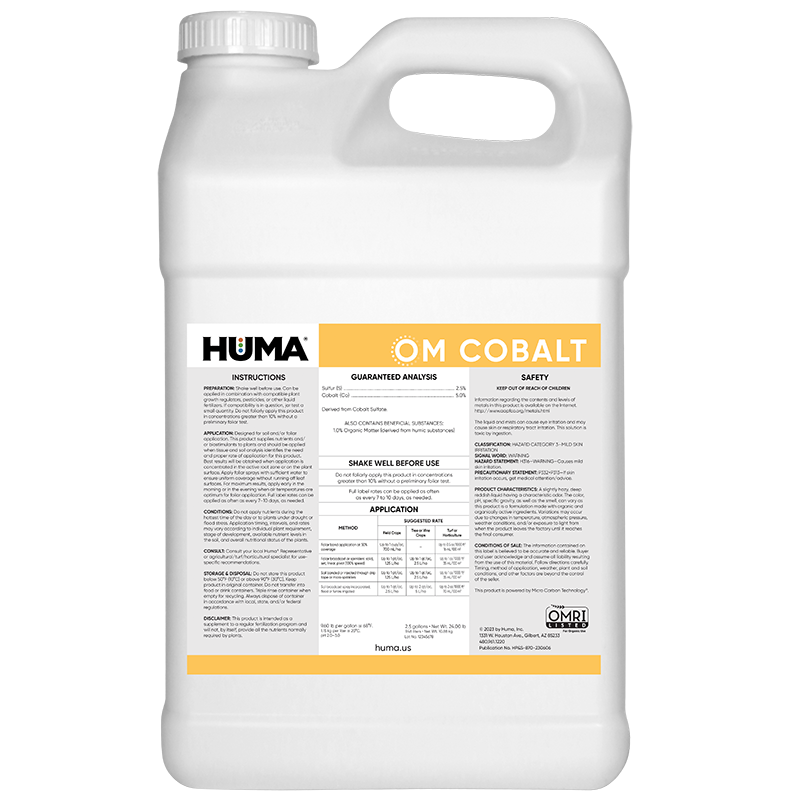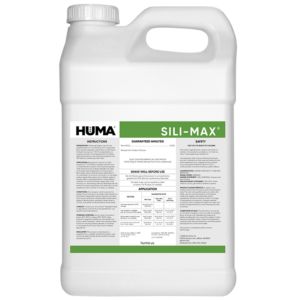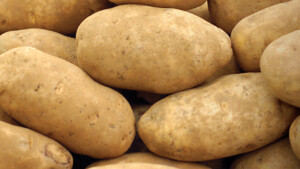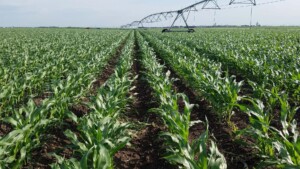OM COBALT
Benefits of Use:
- Effectively treats cobalt deficiency symptoms
- Essential element for nodulation or nitrogen fixation in legumes
- Buffers excessive ethylene concentrations in plant tissue, preventing the production of abscisic acid and premature fruit drop
- May assist in overcoming stress caused by over-application of herbicides and pesticides
Deficiency Symptoms-When to Apply:
- Plant/soil is cobalt deficient
- Plant stress from weather or chemicals
- Limited nodule nitrogen-fixing bacteria in legumes
- Premature fruit drop of crop
FAQs
Related Products
Related Case Studies

Super Potassium on Cotton
Background: Farmers who try to supply K2O needs on the farm don’t have too many options to get K into the plant, especially in deficient soils. A typical application is KCl which contains an excess amount of Chloride which may not be beneficial to the plant and soil microbes. Huma’s Micro Carbon Technology® based Super

Huma® Promax® and Zap® Decrease Charcoal Rot in Florida Strawberry, With Increased Yield and ROI of 10:1
Background Charcoal rot, caused by the soil-borne pathogen Macrophomina phaseolina, can be a significant threat to strawberry production. Two Huma® products, Promax® and Zap®, had previously been shown to be successful in managing soil-borne diseases in strawberries. Objectives The primary objectives of this study were to assess the efficacy of Promax® and Zap® in reducing

One-Hour Tissue Absorption Study
Background When applying foliar sprays, it’s highly beneficial for crop nutrients to quickly enter the plant tissue. Farmers often have a short application window and need to make sure the nutrients get into the plant prior to rain Objective Observe how fast a foliar application of Huma® Super Potassium® (0-0-40), powered by Micro Carbon Technology®,
Related Blog Posts

New Crop, Old Crop: Making Sense of Grain Markets
If you’ve ever listened to a grain commodities report, you’ve probably heard the terms new crop and old crop. But what do they actually mean, and why do prices vary so much between the two? Using corn as an example, we’ll break down how futures markets, basis, and storage decisions all play a role in grain markets.

This Week in Ag #18
In the sports of track and swimming, relay races are often the most exciting events of the meets. You know the concept: a team of usually four athletes races as they follow each other in succession, showcasing performance and precision. For a split moment, while handing a baton or projecting yourself toward the pool as

This Week in Ag #32
Everyone remembers where they were on September 11, 2001. One of my most vivid memories was the week after. I was farming with my dad at the time. He had just started cutting soybeans in a field owned by my wife’s family, situated next to Interstate 74 in western Illinois. I was driving to the











